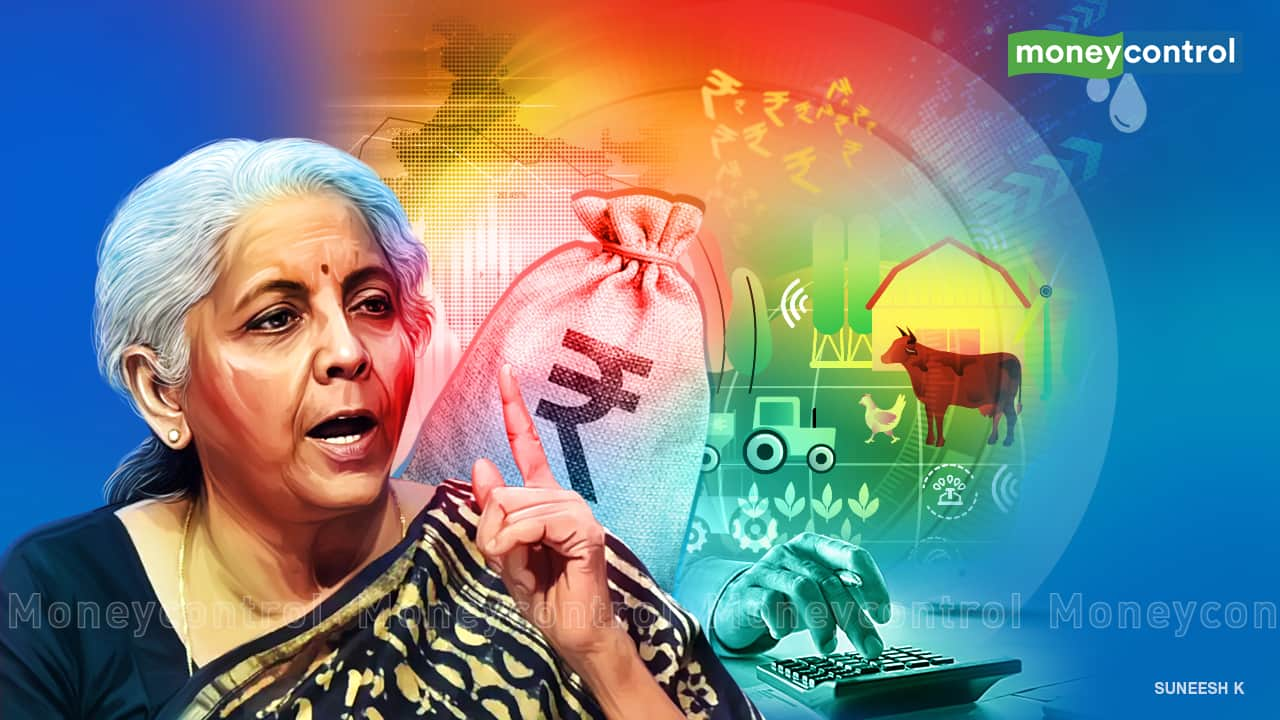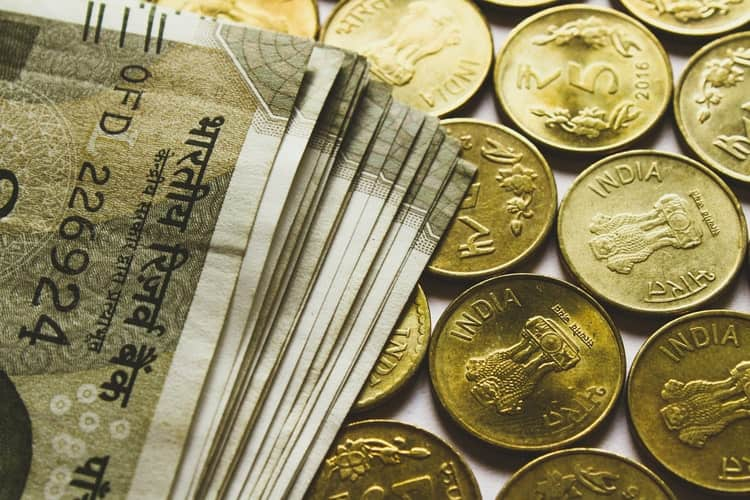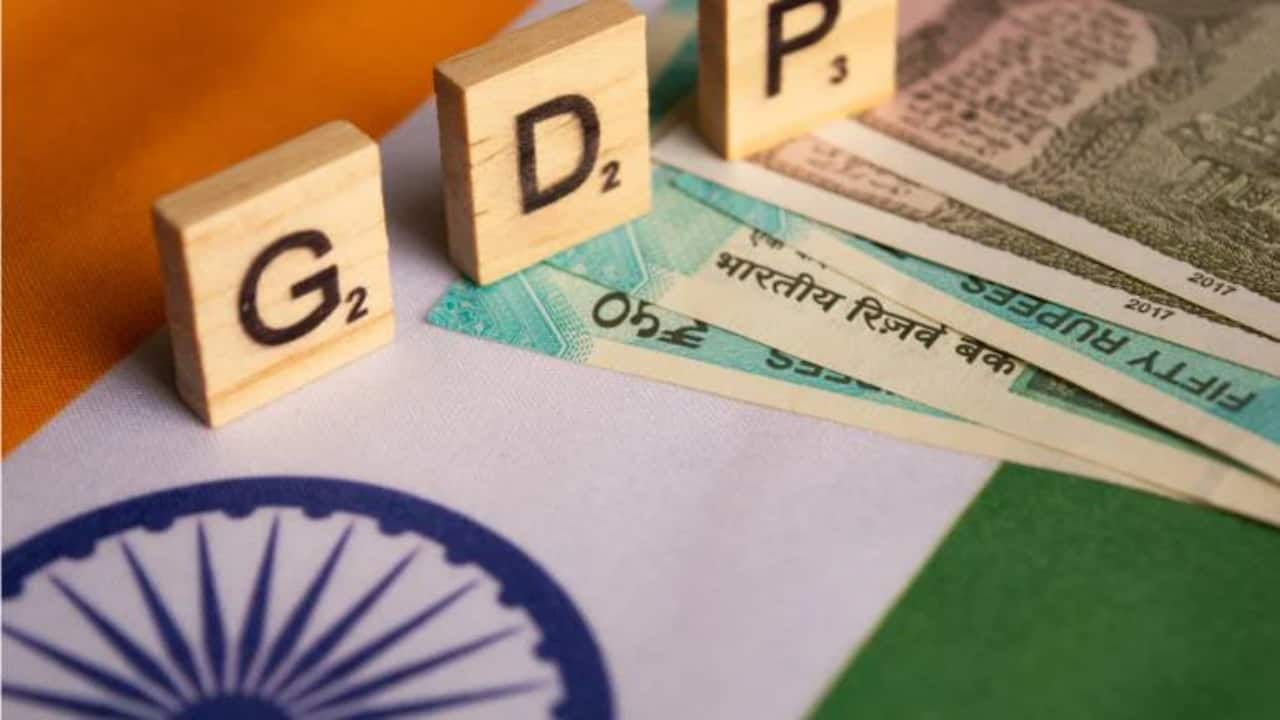Budget 2024: Fiscal deficit, disinvestment and other key numbers to watch out for
On February 1, Finance Minister Nirmala Sitharaman will deliver her sixth and last budget before the anticipated April–May general elections. Here's a list of key budget numbers to watch out for
1/7

On February 1, Finance Minister Nirmala Sitharaman will deliver her sixth and last budget before the anticipated April–May general elections. Here's a list of key budget numbers to look out for:
2/7

Budget Size: Since it will show the government's financial support for the economy and other welfare initiatives, this will be the most watched statistic before the general elections.
3/7

Fiscal Deficit: The fiscal deficit is one of the most significant numbers in the Finance Minister's budget address. This number is closely watched because it shows how much more the government spends than it brings in from taxes and other sources. To put it plainly, the fiscal deficit is the difference between earnings and expenses.
4/7

Capital Expenditure: In the lack of widespread rebound in private investment, the government's capital expenditures, which have a significant multiplier impact, aided in promoting investment-led development. The administration has been encouraging states to increase capital expenditures and pushing for the development of infrastructure.
5/7

Disinvestment: Selling of government assets or subsidiaries, such as a public sector firm, is referred to as disinvestment or divestment in this context. The three basic ways to disinvest are total privatisation, majority disinvestment, and minority disinvestment. This not only increases government income but also signals the government's privatisation ambitions in light of the most recent loss on the front of strategic sales.
6/7

Nominal GDP Growth: A lot of assumptions in the budget, including those about tax income and fiscal deficit, are dependent on the nominal GDP estimate. Its foundations are real GDP growth and the GDP deflator, which combine retail and wholesale price index inflation.
7/7

Net Tax Mop-up: To evaluate the government's capacity to spend without widening the fiscal deficit, tax and other receipts are examined. If not, there will need to be a rise in borrowing or a reduction in spending. Strong CGST and direct tax revenue would assist the government in offsetting an anticipated drop in excise tax revenue and a modest increase in customs duty revenue.
Discover the latest Business News, Budget 2025 News, Sensex, and Nifty updates. Obtain Personal Finance insights, tax queries, and expert opinions on Moneycontrol or download the Moneycontrol App to stay updated!






